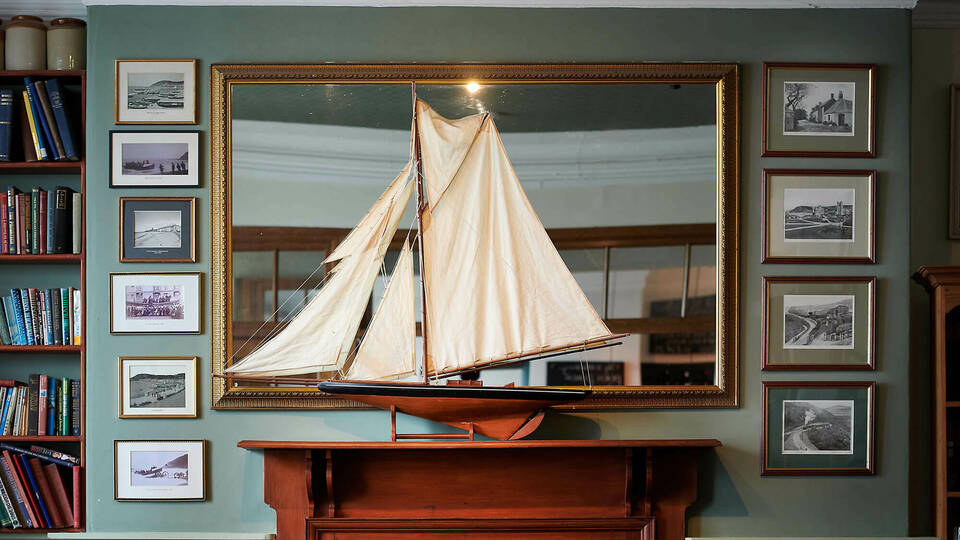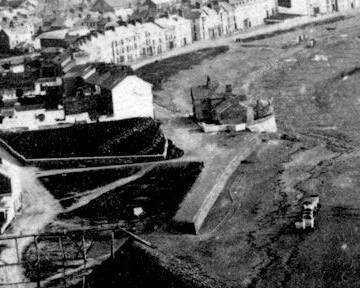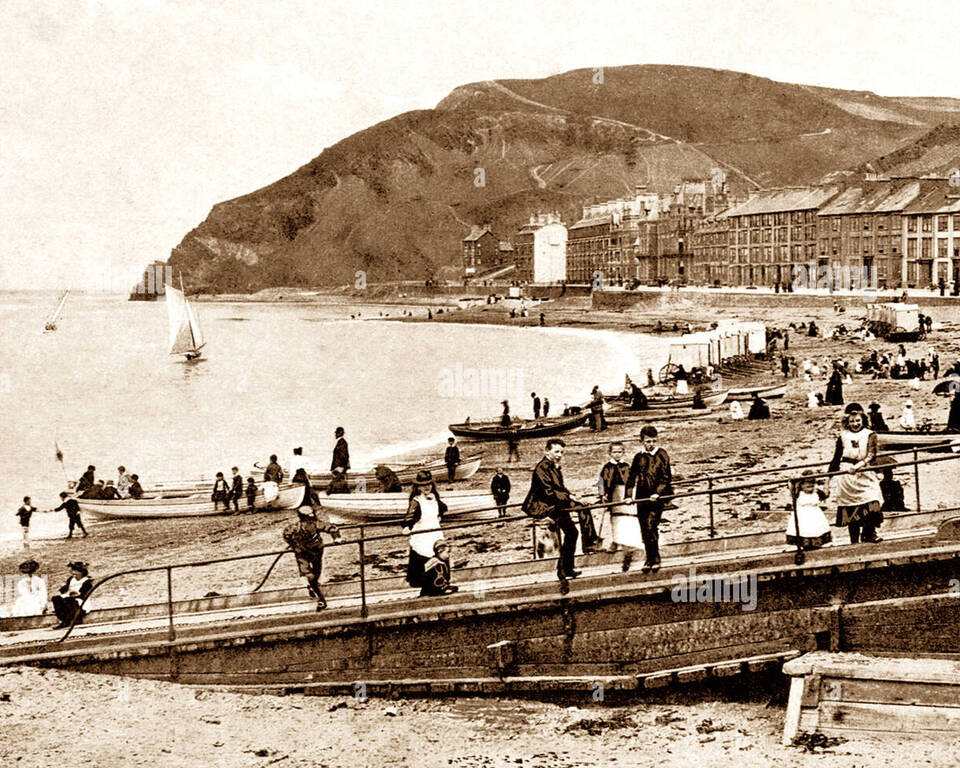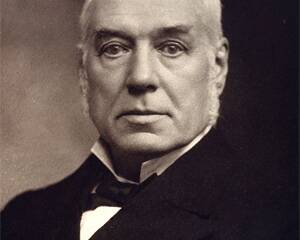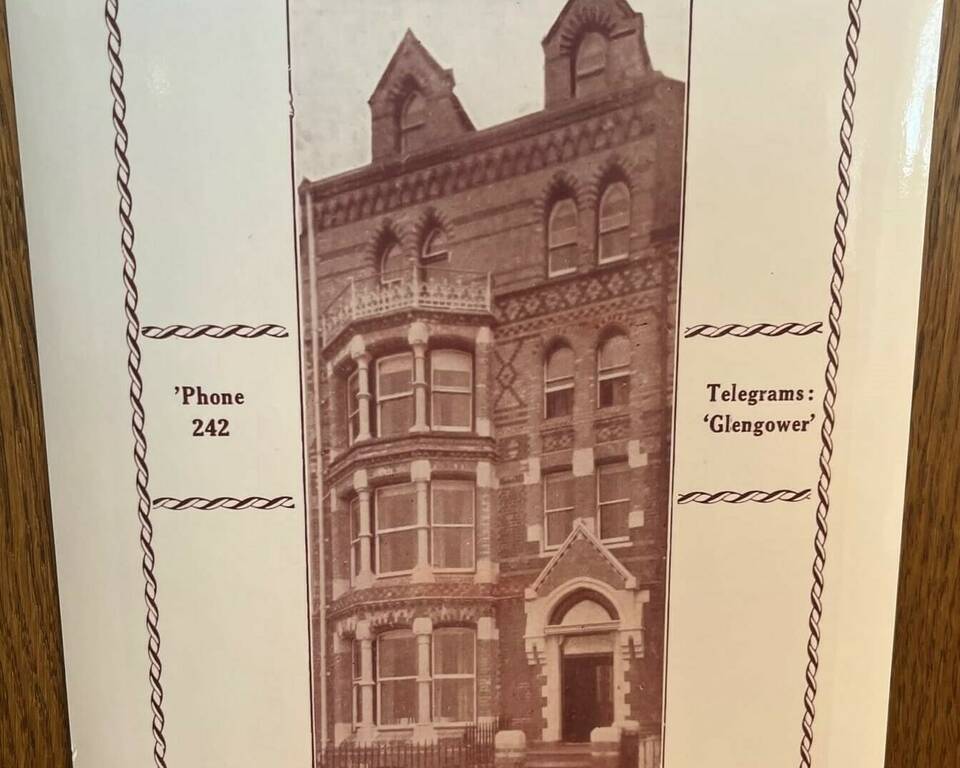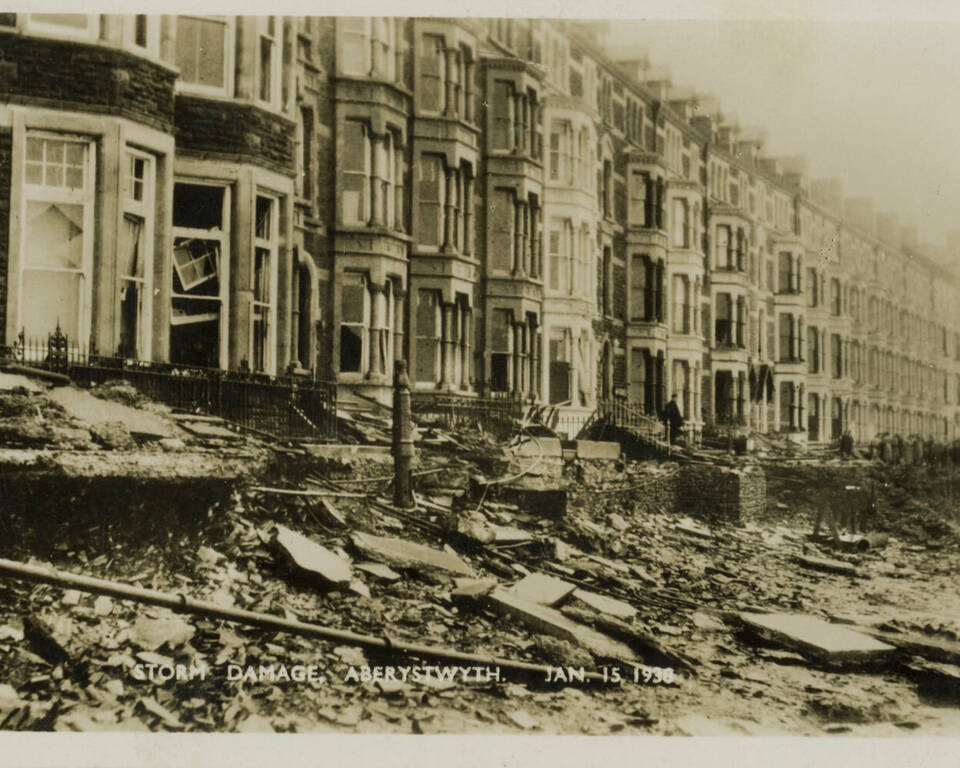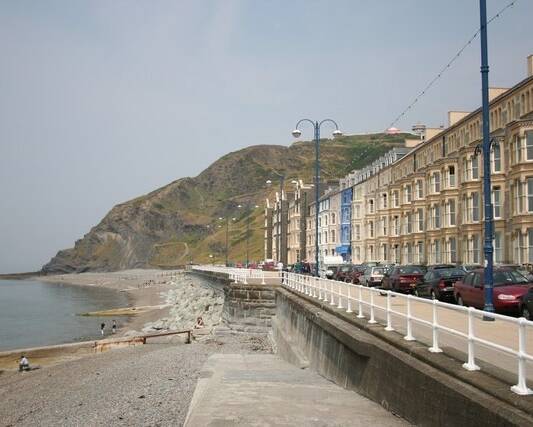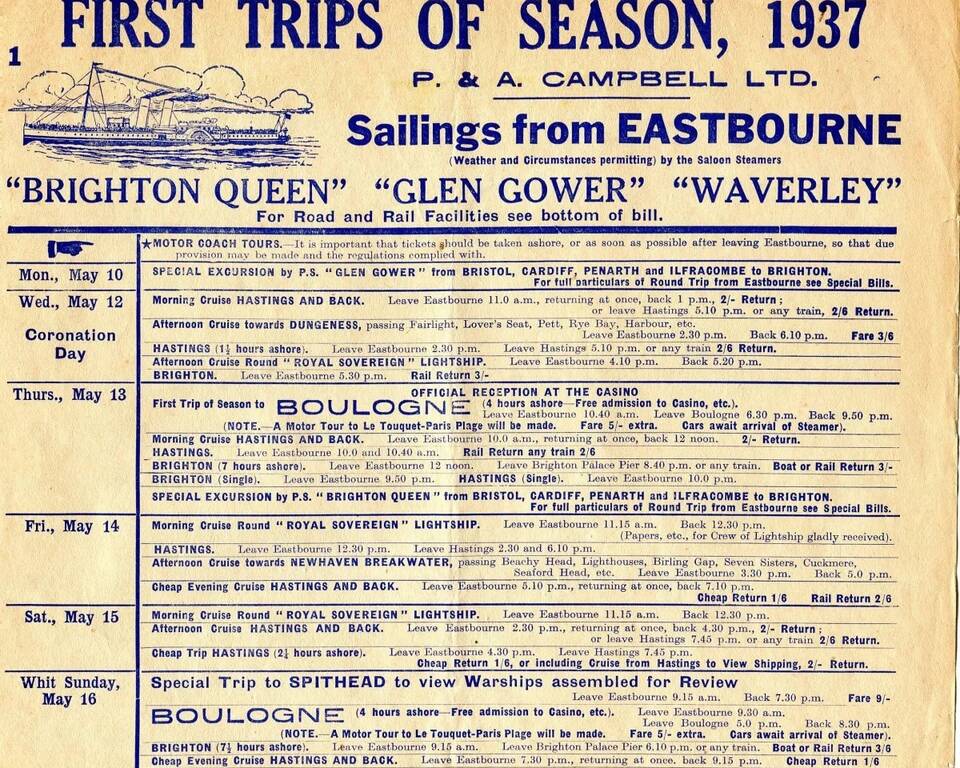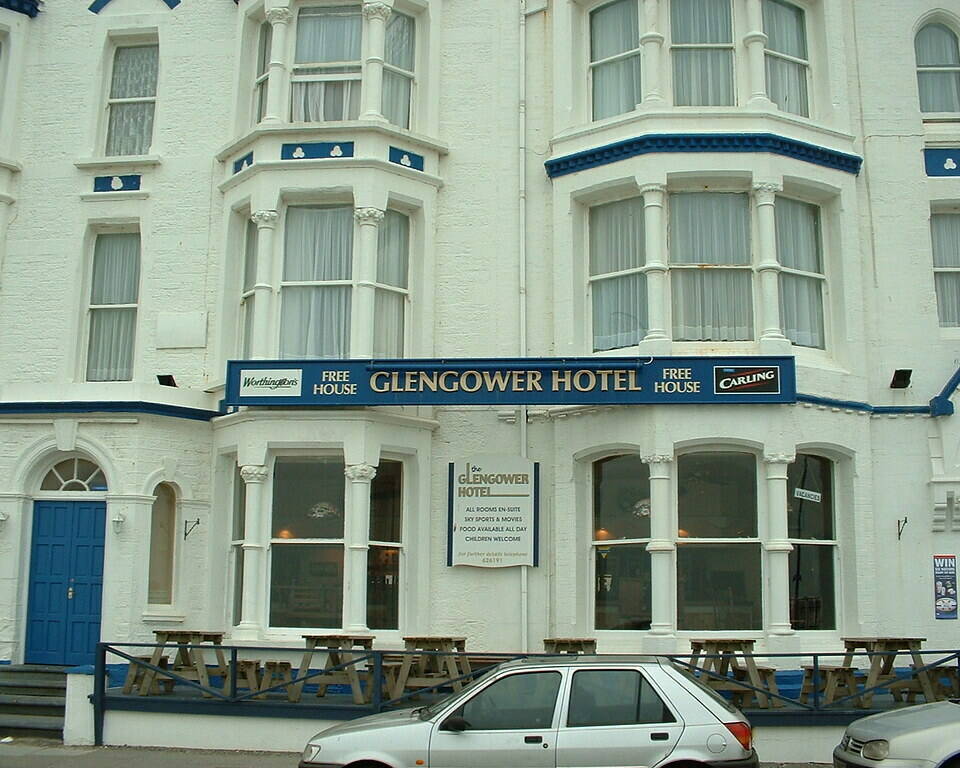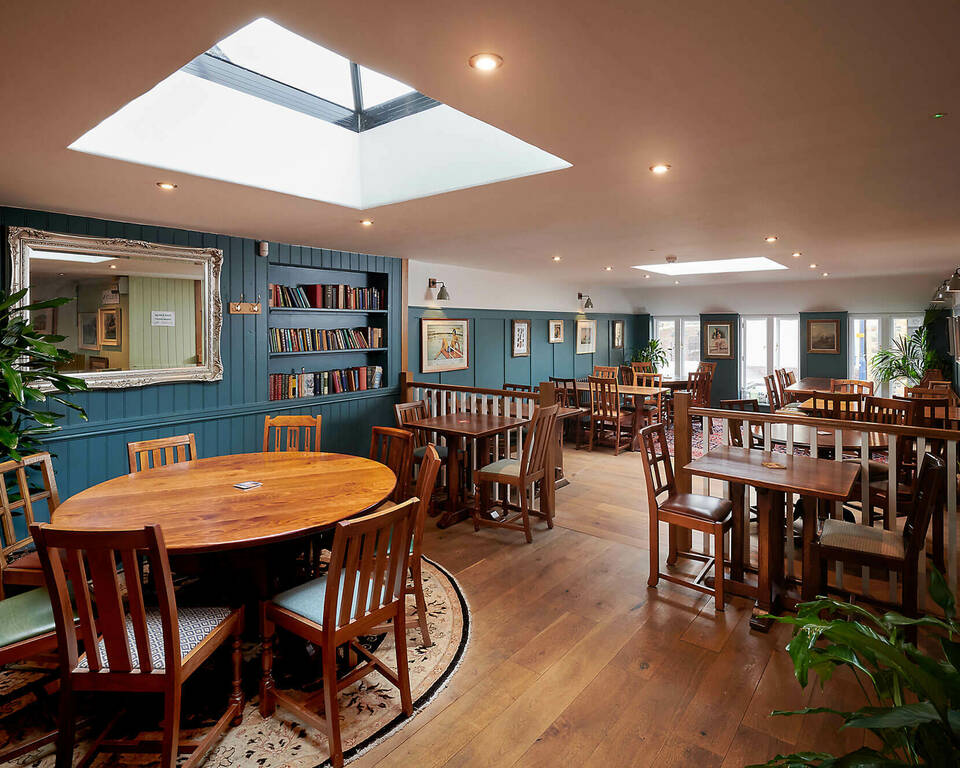1870
Extension of the Promenade
In 1870s the promenade only stretched from the University College of Wales (south end near the Pier) to the Queen's Hotel (north end near Constitution Hill). The university of Wales was built in 1795 by John Nash and is a Grade I listed building. Before this, stood Castle House on the land. The college still remains part of the university today.
The promenade was extended towards Constitution Hill at the end of the 19th century and in 1901-04 the great sea wall around Castle Point from the Pier to South Marine Terrace was built. The stone came from Ystrad Meurig Quarry, bought by the council in 1881. The completion of this section made the promenade a mile-and-a-quarter long. The South Promenade extension was completed in 1931.
(Photo credit: Prom around 1860. Bath house of 1810 to the right. The plot to the left of where the prom extension terminates would be used for the Queen's Hotel in 1866. www.aberystwythguide.org.uk)

